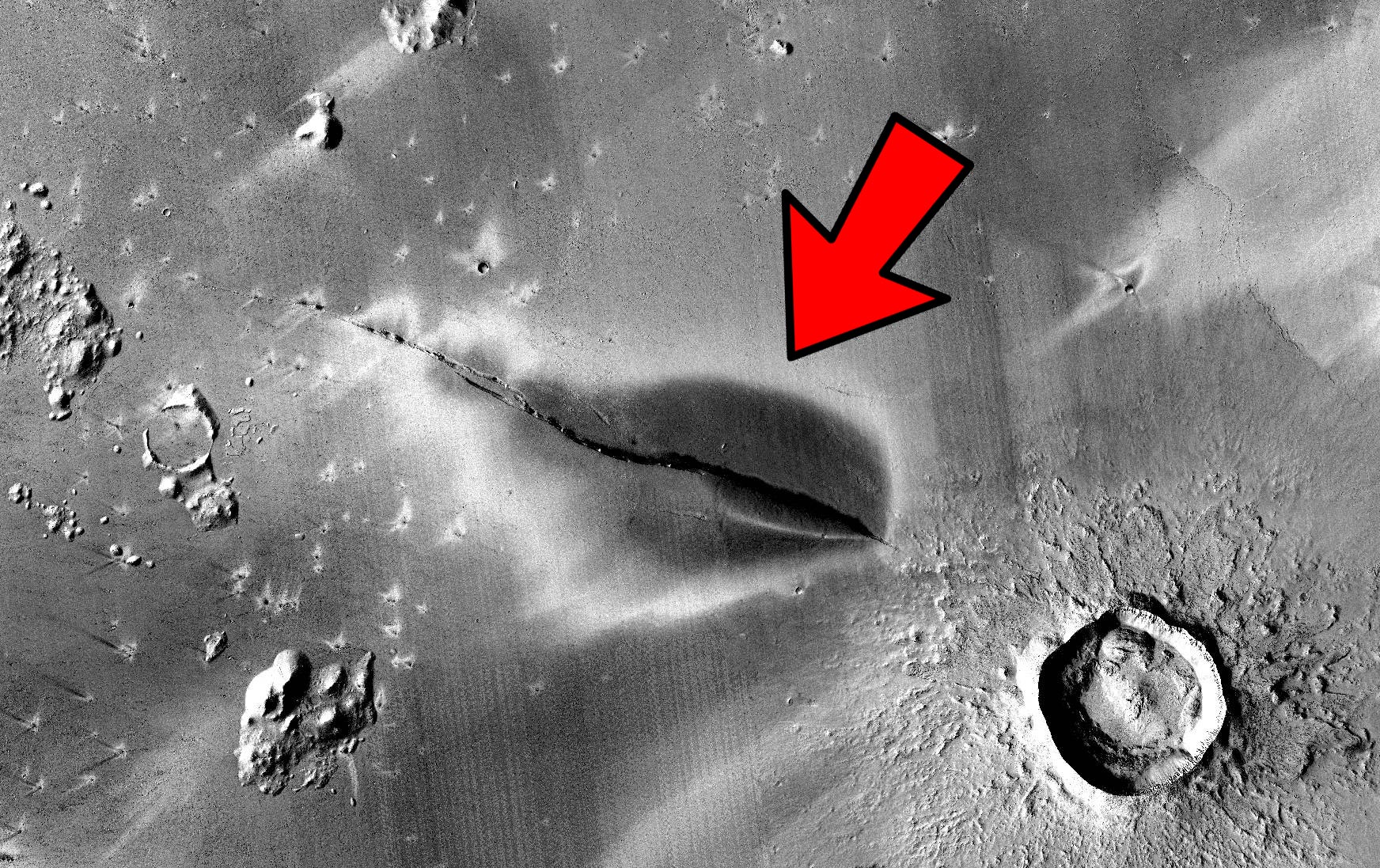
They detail their findings in the paper “Evidence for geologically recent explosive volcanism in Elysium Planitia, Mars,” published in the journal Icarus.
“The deposit was unlike anything else found in the region, or indeed on all of Mars, and more closely resembled features created by older volcanic eruptions on the Moon and Mercury.”.
The majority of volcanism in the Elysium Planitia region and elsewhere on Mars consists of lava flowing across the surface, similar to recent eruptions in Iceland being studied by co-author Christopher Hamilton, a UArizona associate professor of lunar and planetary sciences.Although there are numerous examples of explosive volcanism on Mars, they occurred long ago.
The site of the recent eruption is about 1,000 miles (1,600 kilometers) from NASA’s InSight lander, which has been studying seismic activity on Mars since 2018.Two Marsquakes, the Martian equivalent of earthquakes, were found to originate in the region around the Cerberus Fossae, and recent work has suggested the possibility that these could be due to the movement of magma deep underground.
“The young age of this deposit absolutely raises the possibility that there could still be volcanic activity on Mars, and it is intriguing that recent Marsquakes detected by the InSight mission are sourced from the Cerberus Fossae,” Horvath said.A volcanic deposit such as this one also raises the possibility for habitable conditions below the surface of Mars in recent history, Horvath said.Elysium Planitia, the region of recent explosive volcanism (white box) and NASA’s InSight lander.An expert in similar explosive eruptions on Earth, Moitra developed models to look at the possible cause of the Martian eruption.“The ages of the eruption and the impact are indistinguishable, which raises the possibility, however speculative, that the impact actually triggered the volcanic eruption,” Moitra said. .While the more dramatic giant volcanoes elsewhere on Mars – such as Olympus Mons, the tallest mountain in the solar system – tell a story of the planet’s ancient dynamics, the current hotspot of Martian activity seems to be in the relatively featureless plains of the planet’s Elysium regionAndrews-Hanna said it’s remarkable that one region hosts the epicenters of present-day earthquakes, the most recent floods of water, the most recent lava flows, and now an even more recent explosive volcanic eruption. “This may be the most recent volcanic eruption on Mars,” he said, “but I think we can rest assured that it won’t be the last.”Reference: “Evidence for geologically recent explosive volcanism in Elysium Planitia, Mars” by David G.Horvath, Pranabendu Moitra, Christopher W